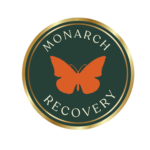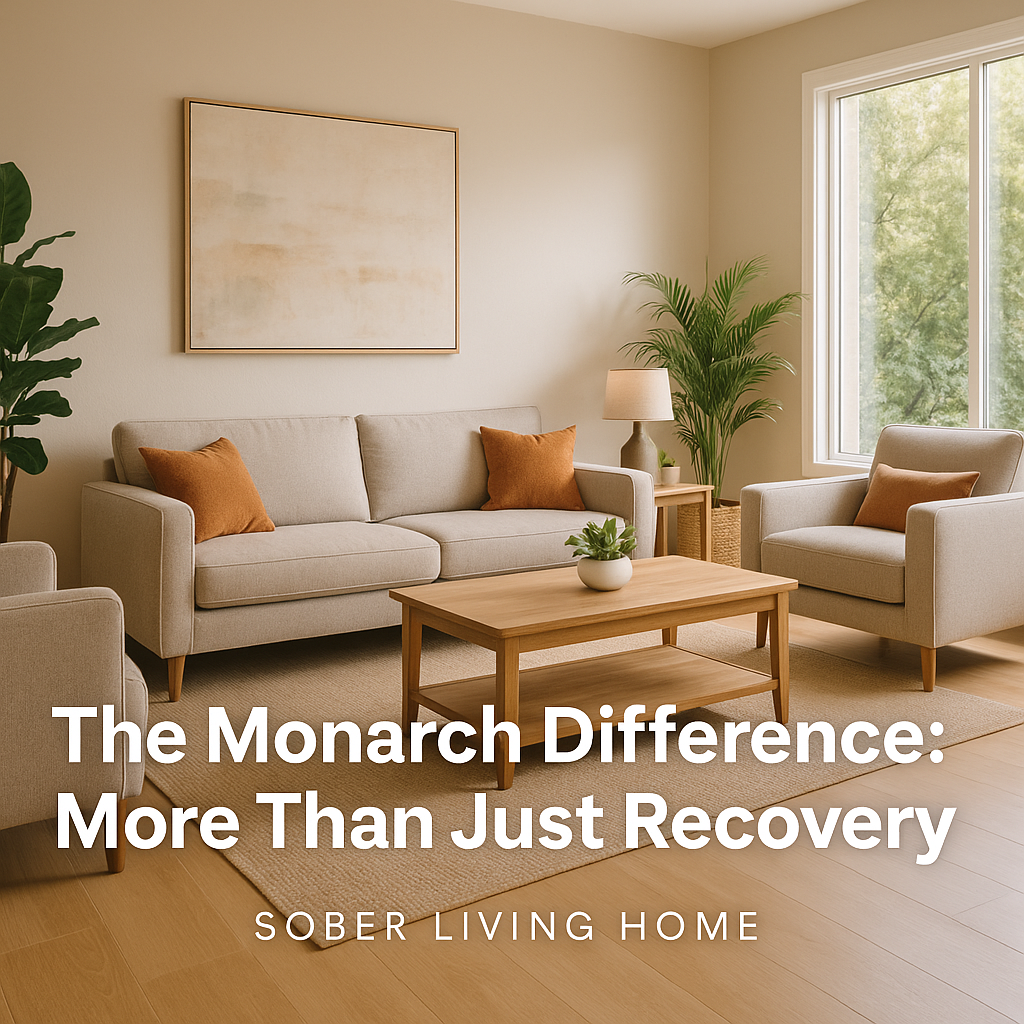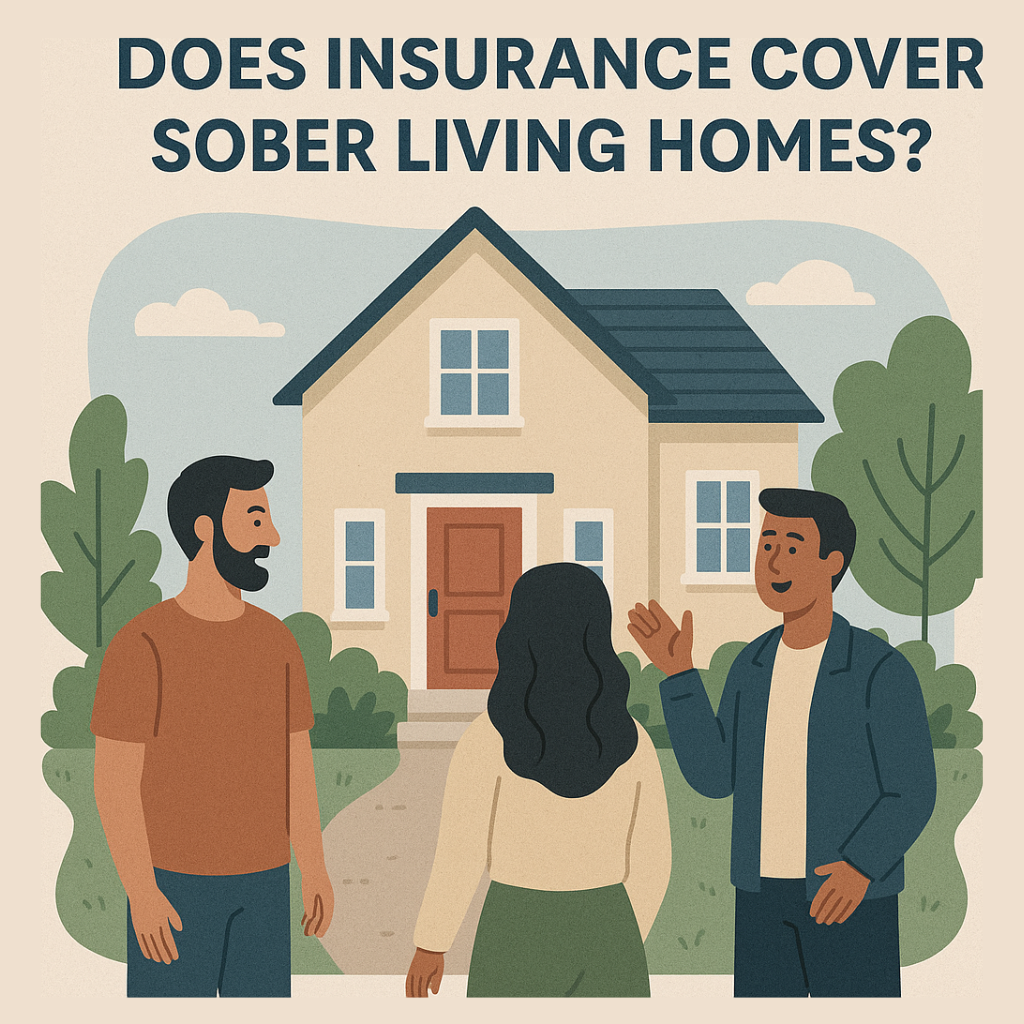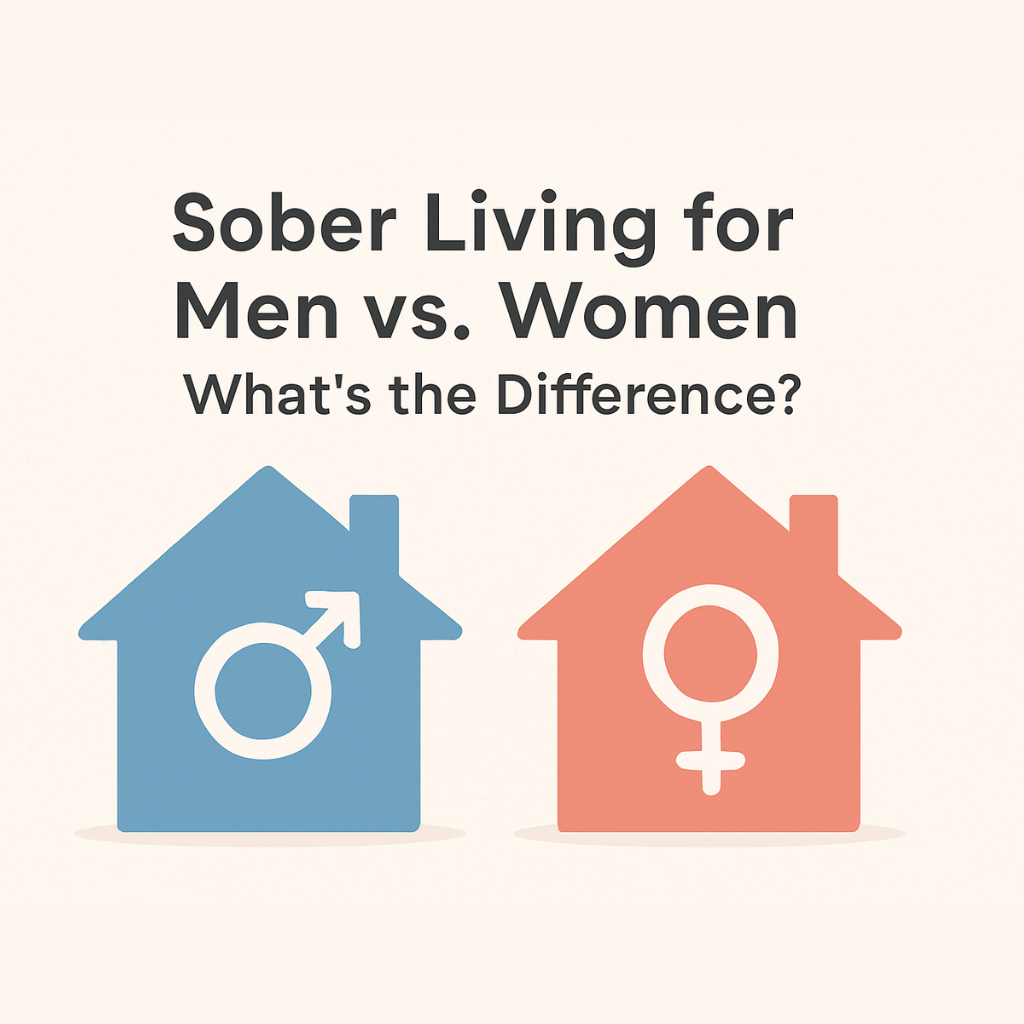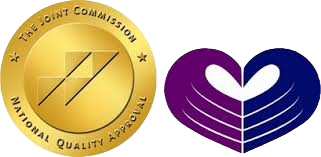Home » Redefining Community: LGBTQIA+ Inclusivity and Substance Abuse Challenges
Introduction to LGBTQIA+ Identities
As society progresses and prejudices lessen, an increasing number of people, particularly younger generations, are identifying with the LGBTQIA+ community. The expanded acronym—Lesbian, Gay, Bisexual, Transgender, Queer or Questioning, Intersex, and Asexual—captures a broader spectrum of sexual orientations and gender identities. This evolution in terminology not only facilitates a more inclusive dialogue but also mirrors the diverse self-identifications emerging, especially among Generation Z and Generation Alpha. It’s essential to understand that these terms are fluid and personal, and they serve as a means for individuals to express their unique identities and experiences.
Generational Shifts in LGBTQIA+ Identification
Recent statistics illuminate a significant shift in LGBTQIA+ identification across different age groups. A study published in April 2024 highlighted that in 2023, 9.8% of Millennials in the United States identified as LGBTQIA+, a rise from less than 6% in 2012. Generation Z shows even higher percentages, with over 20% identifying as LGBTQIA+. This increase underscores the importance of creating supportive environments as these identities become more prevalent.
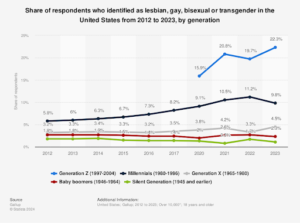
Substance Abuse in the LGBTQIA+ Community
Substance abuse within the LGBTQIA+ community is significantly higher than in heterosexual populations, with studies indicating that LGBTQIA+ individuals are two to four times more likely to engage in substance use. This alarming trend can be attributed to a complex interplay of social and environmental factors that disproportionately affect this community.
Discrimination and Social Rejection: LGBTQIA+ individuals often face systemic discrimination and social rejection, which can lead to psychological stress and emotional pain. These experiences can push individuals toward substance use as a coping mechanism to alleviate distress. Discrimination can occur in various forms, from overt prejudicial treatment to more subtle systemic biases in workplaces, schools, and healthcare settings.
Normalization in Social Environments: Certain social settings, particularly venues like gay bars, have historically played a central role in the LGBTQIA+ community, providing a safe space where individuals can express their identities freely. However, these spaces can also inadvertently normalize substance use. The communal aspect of these environments often includes the consumption of alcohol and other substances as part of social bonding, which can escalate into abuse.
Impact on Youth: LGBTQIA+ youth are particularly vulnerable due to their developmental stage and the additional pressures of navigating their sexual and gender identities. Peer pressure can exacerbate this vulnerability, pushing young individuals toward substance use as they seek acceptance or try to cope with internal and external conflicts about their identities. Mental health issues, which are more prevalent among LGBTQIA+ youth due to rejection and isolation, also contribute significantly to the higher rates of substance use in this group.
Historical Context and Ongoing Challenges: The LGBTQIA+ community has experienced a long history of marginalization, which has only seen partial mitigation in recent decades through legal and societal changes. Despite progress, many members still feel marginalized and face ongoing challenges that affect their mental health and well-being. This historical context of struggle can lead to generational trauma and continued substance use as a form of self-medication.
Increased Risks with Potent Substances: The introduction of highly potent substances like fentanyl into the drug market has dramatically increased the risks associated with substance use. Fentanyl, often mixed with other drugs unknowingly to the user, has led to a significant rise in overdose deaths. For the LGBTQIA+ community, whose members may already be at a higher risk of substance use, the presence of fentanyl exacerbates the danger, making every instance of substance use potentially life-threatening.
The convergence of these factors creates a critical need for targeted interventions and supportive measures that address both the unique challenges faced by the LGBTQIA+ community and the broader issue of substance abuse. These interventions must be culturally competent and sensitive to the specific needs of LGBTQIA+ individuals to effectively reduce the incidence of substance abuse and provide pathways to recovery and support.
LGBTQ statistics regarding substance abuse include:
- According to a study, gay men are 2.9 times more likely to use methamphetamines than straight men
- Gay men are 9.5 times more likely to use heroin and 12.2 times more likely to use amphetamines than their straight counterparts
- Twenty-five percent of gay and transgender individuals abuse alcohol, as compared to 5-to-10 percent for the general population
- Gay men are twice as likely to use cocaine and 33 times as likely to try inhalant drugs than heterosexuals, according to the 1995 National Household Survey on Drug Abuse
- More than a third of LGBTQ individuals (38.7%) used marijuana in the past year, as opposed to just 16.2% of the overall adult population
The Impact of Dating Apps
The introduction of dating apps has transformed how the LGBTQIA+ community connects and interacts, bringing both positive changes and significant challenges. Historically, individuals in the gay community often relied on methods like “cruising” in well-known public or secluded places to find connections. This method was prevalent in specific urban settings like Polk Street in San Francisco. However, the advent of mobile technology and the proliferation of smartphones have ushered in a new era with apps like Grindr, which have become central to social interactions within the LGBTQIA+ community.
Facilitating Connections:
Dating apps have revolutionized the way individuals meet by providing detailed information about potential partners and enabling users to connect without physical or geographical constraints. This has allowed even those who are less confident or more introverted to engage with others through what many refer to as “window shopping” for potential connections—examining profiles extensively before initiating contact. This ease of connection has been empowering for many, providing a platform for visibility whether individuals are open ‘out’ or not.
Challenges with Drug Transactions and Abuse:
However, the convenience and anonymity provided by these apps have also paved the way for illicit activities, particularly the sale and purchase of drugs. The coded language used in profiles makes it possible for transactions to be arranged discreetly, turning some of these apps into de facto hubs for drug distribution. This issue is compounded by the difficulty in regulating such a vast number of changing profiles and the tenacity of users who leverage these platforms for drug sales, creating a challenging environment for those seeking genuine social connections.
Exposure to Mental and Emotional Abuse:
Furthermore, dating apps have become arenas for mental and emotional abuse. The same anonymity and ease of access that facilitate connections can also enable cyberbullying and harassment. Users often face derogatory comments based on their physical appearance, race, or other personal attributes. This type of abuse is particularly damaging as it not only impacts individuals’ self-esteem but can also exacerbate feelings of isolation and vulnerability, leading to mental health struggles. For LGBTQIA+ youth, who are already dealing with the complexities of identity and acceptance, the impact of such abuse can be severe, increasing the risk of substance abuse as a coping mechanism.
Need for Targeted Interventions:
The mixed impacts of dating apps indicate a clear need for more nuanced understanding and intervention. While these platforms provide valuable opportunities for connection and community-building, they also require robust mechanisms to ensure user safety and well-being. This includes better regulatory oversight to curb illegal activities such as drug transactions and enhanced features to protect users from abuse and harassment. Addressing these challenges is crucial for safeguarding the mental health of LGBTQIA+ individuals and ensuring that dating apps remain valuable tools for building relationships rather than sources of harm.
Cultural Shifts and Challenges
Traditional methods of meeting and connecting, such as “cruising,” have largely been supplanted by digital interactions. Apps like Grindr have revolutionized how connections are made, offering immediate and detailed information about potential partners. However, the integration of drug markets into these platforms has introduced new challenges, turning some apps into drug hubs. This situation necessitates stricter regulations and more vigilant monitoring to prevent substance abuse.
Health Disparities and Mental Health
LGBTQIA+ individuals face significantly higher rates of mental health issues, such as anxiety and depression, which are closely linked to substance abuse. Discrimination and social isolation play substantial roles in these disparities. For instance, LGBTQIA+ youth are six times more likely to experience depression compared to their heterosexual peers.
Monarch’s Role in Addressing LGBTQIA+ Needs
Monarch Sober Homes and Monarch Recovery Centers are at the forefront of providing culturally competent and inclusive treatments for the LGBTQIA+ community. Recognizing the unique challenges faced by this group, Monarch offers specialized outpatient treatment and sober living environments. Our approach is tailored to address the specific needs of the LGBTQIA+ population, ensuring that our programs are as effective and supportive as possible.
LGBTQ Sober Living
We lead Northern California in providing beautiful, upscale homes for those truly seeking recovery to live among like-minded people working towards the same goal of recovery. The admission of any resident is based foremost on the willingness to do the work in recovery, however best that is suited to them but within the parameters of Monarch’s established structure and accountability standards, with each maintaining the commitment they make to continuously making actionable steps toward recovery goals.
Each sober home environment has been created with the underlying principle and need for comfort, space, and structure in the daily life of anyone expecting a successful recovery in a residential setting. The sober homes are by design located in desirable neighborhoods to make life accessible, not on the outskirts of town where many other SLEs may be found. Monarch emphasizes the social integration of sober activities and routines while keeping the past influential distractions at bay and keeping the focus on daily progress in recovery. Undergoing an interview process before any resident is admitted to a home, LGBTQ residents can feel assured they will also find community and understanding from others guided by the support and care of those around you, not only among Monarch staff but the supportive and friendly people found in each home.
Our homes are located in desirable and walkable neighborhoods in the following cities with maps of specific locations within the picture galleries:
Not only are our homes beautiful and comfortable, but they are also staffed by LGBTQ-friendly personnel who understand the complexities of substance abuse within urban gay culture and the importance of finding a sober community to counter the disconnect one may feel once choosing to live a sober lifestyle. Finally, our sober living homes are MAT-friendly, with trained Monarch professionals on-site to ensure MAT medications are used responsibly.
Building a Supportive Community
At Monarch, we aim not only to treat substance use and mental health issues but also to build a community where individuals feel safe, supported, and understood. Our treatment settings are designed to foster a sense of belonging and provide a supportive network that empowers our clients throughout their recovery journey.
Conclusion
As the LGBTQIA+ community continues to grow and evolve, it is imperative that support systems evolve in tandem to address both new and longstanding challenges. Monarch’s commitment to providing specialized and inclusive care represents a crucial step forward in supporting the health and well-being of LGBTQIA+ individuals. Contact Monarch today to begin a journey towards recovery in a supportive and understanding environment.
